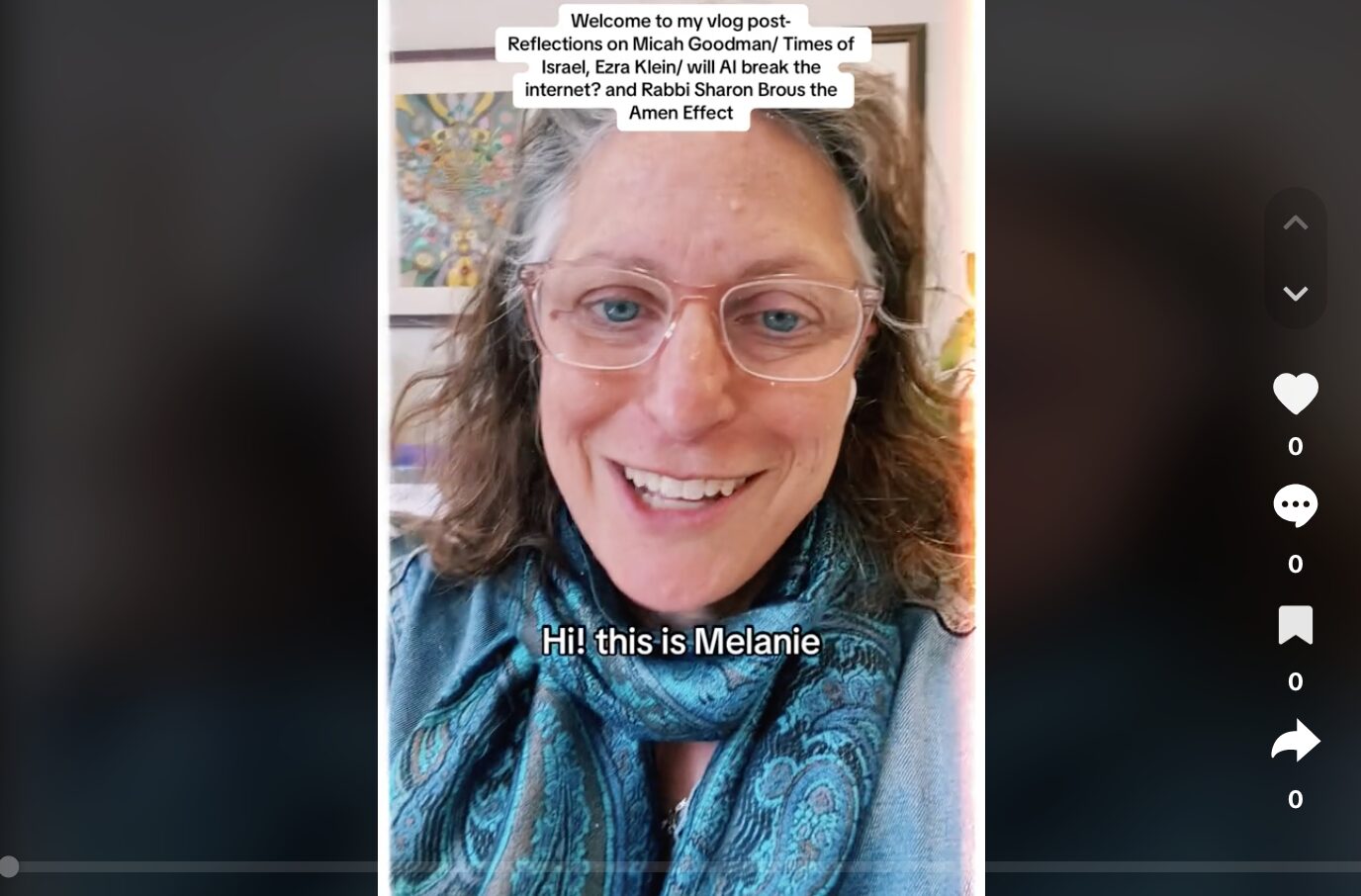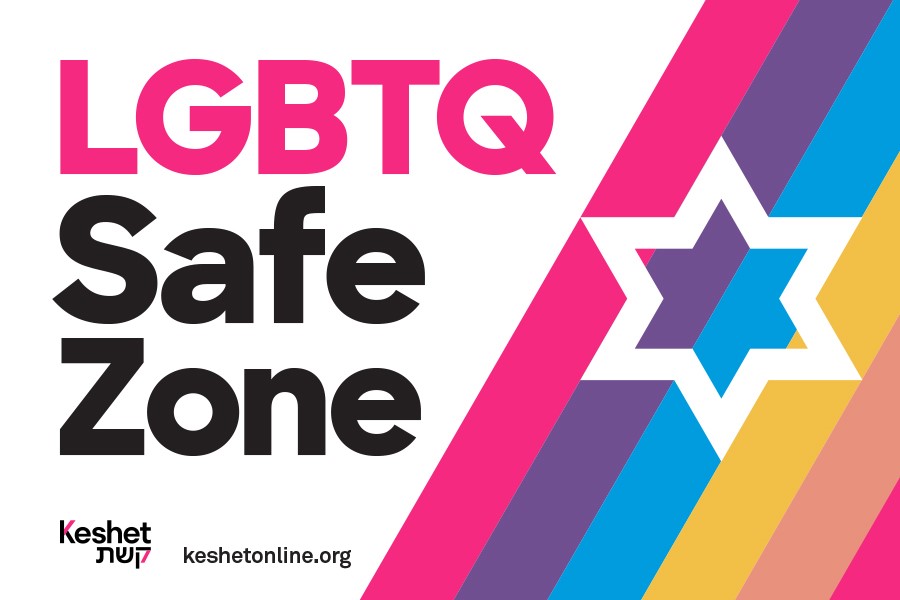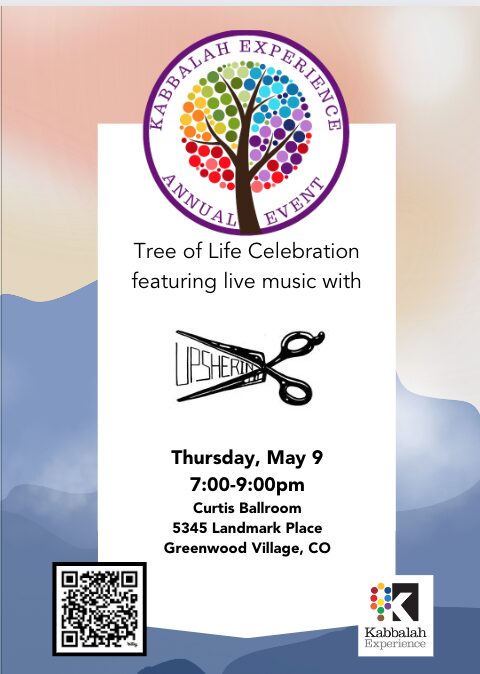by Melanie Gruenwald
At Kabbalah Experience’s Time and When are you? classes, we explore the concept of time as a construct.
We agree we’ll meet at 3:30pm. Three-thirty of what? Mountain Time? Eastern time? It’s like saying, “I’ll meet you at the corner of Amsterdam and 189th.” Those streets were given names that way (by humans) so we could agree on a mutual naming and understanding of where we intend to meet. 3:30pm is a mutual understanding of when we intend to meet. An agreed upon construct. Time as a construct.
What I found interesting in our Subtle Awareness class with Dr. David Sanders this morning was this— a deeper understanding of language as a construct. Metaphors.
David reminded us of the concept of Binah representing ‘50 Gates of Understanding.’ It is our imperative to talk to people, and teach people, in a way that can be understood by them as a unique individual. Binah also holds the metaphors, the stories and narratives that are getting manifested through our sefirot.
My friend’s daughter calls all dogs Bun-Bun because that is the first dog she met and recognized. She came to understand that if it is hairy and has four legs, then it must be a Bun-Bun. She comes to our house, and we have a Murray. She’ll soon learn- not all hairy four legged creatures are Bun Buns. They can also be Murrays. Some are dogs with other names.
And not all hairy four legged creatures are dogs. Some are cats. And so-on.
She’s literal. She’ll come to understand this. And if we tell her then, “it is raining cats and dogs”, she will be very bewildered.
Transforming the literal into the metaphorical—We need to adapt the story or the metaphor, to the person that is receiving it.
The story of King David, Batsheva, and the prophet Nathan bring this to mind. Nathan told King David a parable so he could understand the message, specifically because of the way it was shared with him metaphorically. 2 Samuel 12
In our Soul class we addresses Akiva Tatz’s proposition:
Maimonides states that God is completely beyond any physical representation, completely transcendent, utterly incorporeal.
The problem, however, is that the Bible speaks of God as if God were physical – many verses speak of God’s hand, God’s arm, God’s eyes and many other such attributes. If we are not to conceive of any corporeal image when relating to God, why does the Bible do so?
It is not enough to say that the Bible is referring to Divine attributes. If it states that there are specific features, it must be so. In other words, if the Bible talks of God’s hand, it must mean that God has a hand, intrinsically and most literally.
The answer to our question is this: God’s hand is a real hand and our human hand is a metaphor! When the Bible talks of the Divine hand it is referring to that which is real in the deepest sense; that which is infinite. So we say God has a hand, but we cannot understand fully what that means. The reason we are created with hands is so that we can begin to understand. We possess differentiated aspects of our bodies so that we can begin to fathom the meaning of these things at their root. We are the metaphor.
Akiva Tatz, World Mask
Is G-d the metaphor? Or are we?
What does it even mean that humans are created in the image of G-d?
Don’t we create the metaphor of the image of G-d with our words?
G-d is beyond form or face. And yet we are created in Her image.
Metaphorically.










0 Comments